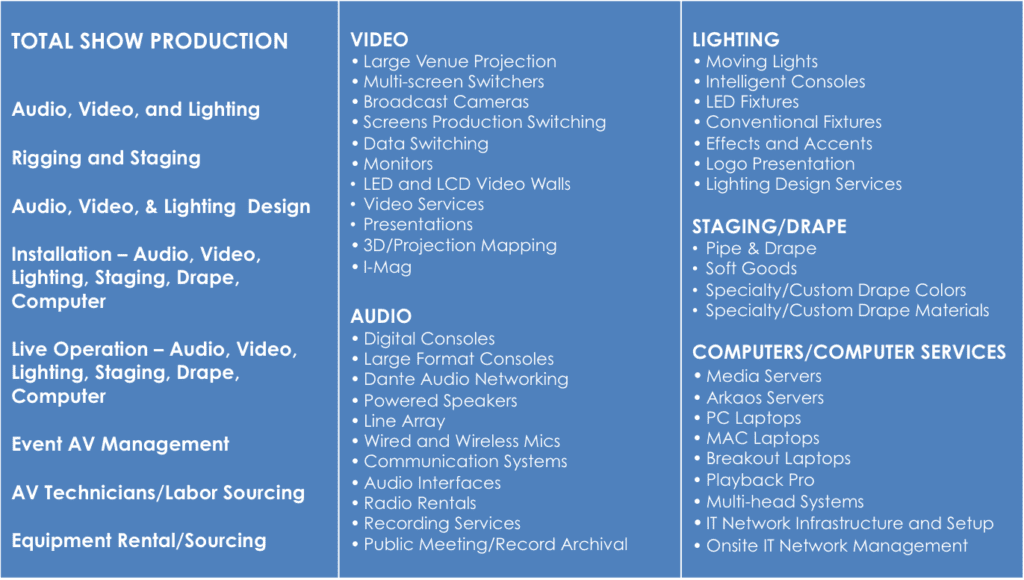Integrating Traditional Systems utilizing Advanced Sound Networking Technologies for Improved Performance as well as Adaptability.
Integrating Traditional Systems utilizing Advanced Sound Networking Technologies for Improved Performance as well as Adaptability.
Blog Article
Within the current rapidly evolving landscape of audio technology, the need to enhance efficiency and flexibility in sound solutions is increasingly important than ever. Many organizations and locations still rely on legacy technologies, which are antiquated technologies that may not have the capabilities of modern equipment. However, harmonizing these legacy systems with state-of-the-art sound networking solutions can lead to significant improvements. Sound networking enables for better communication between equipment, allowing it easier to manage and manage audio throughout different spaces.
A of the primary benefits of combining legacy technologies with contemporary audio networking is enhanced flexibility. Conventional audio technologies often involve complicated wiring and limited pathway options. With sound networking solutions like Dante or AVB, sound transmissions can be sent over standard Ethernet cables. This implies that operators can easily link various devices without the requirement for extensive rewiring. Regardless in a concert venue, a school auditorium, or a business function, this adaptability allows for quick modifications and modifications to the sound configuration without significant downtime.
Quality is a further significant element that improves when outdated systems are modernized with up-to-date networking technologies. Outdated systems may struggle to provide superior audio, especially in bigger venues or during complex occasions. By implementing audio communication, entities can take advantage of advanced capabilities such as low latency, synchronization, and electronic data management. These improvements assist guarantee that sound is clear and uniform, improving the check that overall experience for listeners and performers together. This transition can make a marked impact in the way sound is perceived in various settings.
Moreover, harmonizing outdated technologies with contemporary technologies can lead to cost benefits in the extended term. While upgrading to novel devices may necessitate an initial cost, the efficiency gained through sound communication can lower maintenance costs and decrease the requirement for continuous repairs. Additionally, networked technologies often require fewer tangible space than traditional installations, which can reduce on property costs in venues. Organizations can distribute funds better efficiently, using the money they save to allocate resources in additional important areas.
Finally, educating staff on how to operate combined systems becomes easier with sound networking. Many contemporary sound communication systems come with intuitive controls and remote management features. This means that even those who may lack extensive technical knowledge can be trained to operate and control the sound solutions efficiently. Training initiatives can be designed around these technologies, enabling staff to manage and diagnose systems with confidence. By blending the old with the modern, organizations can create a more capable and knowledgeable workforce, in the end leading to better audio experiences for all concerned.